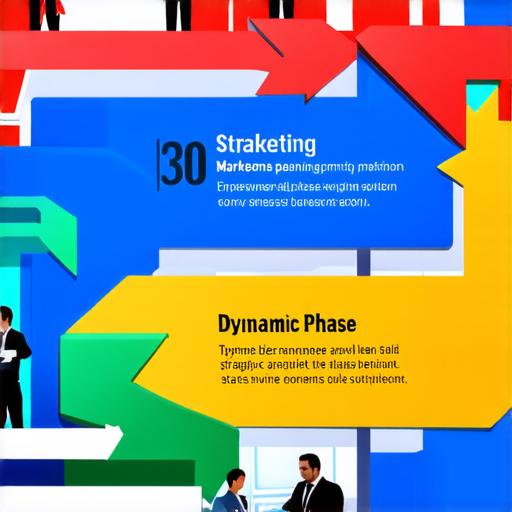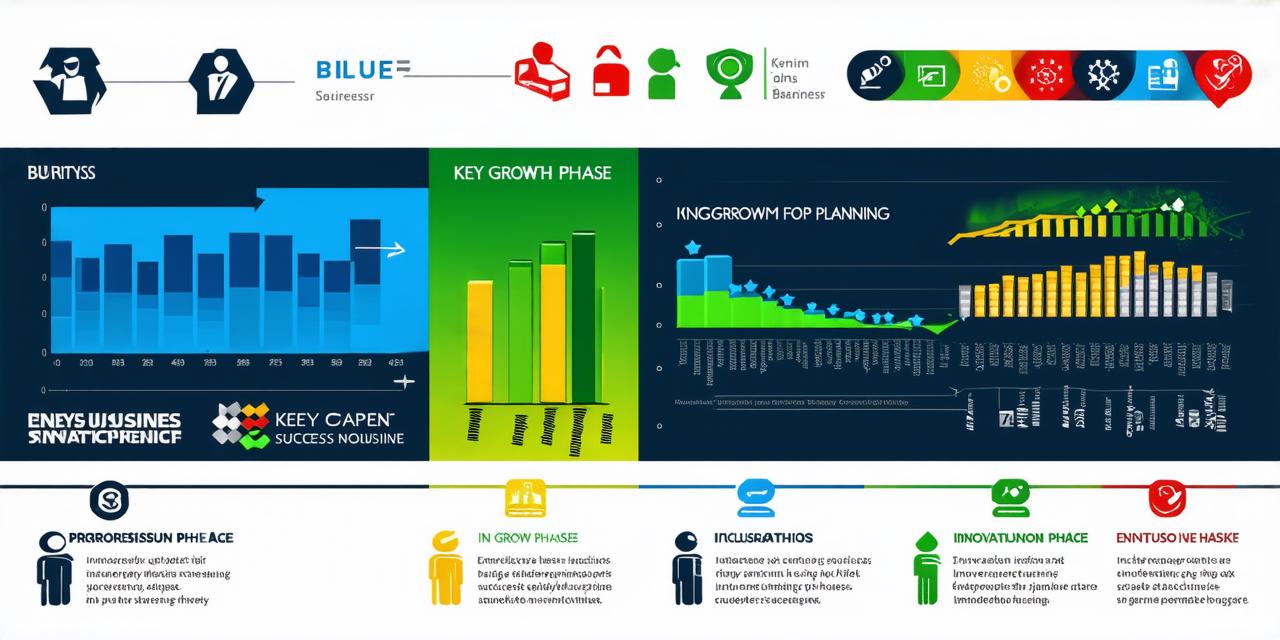As a business owner, you know that growth is essential for success. But with so many different stages of business development to navigate, it can be difficult to determine what steps to take next.
Stage 1: Idea Generation and Feasibility Analysis
The first stage of business development is idea generation and feasibility analysis. This is where you come up with a business idea and determine if it has the potential to be successful. During this stage, you’ll conduct market research to identify your target audience, analyze their needs, and determine if there is a gap in the market that your business can fill.
One example of a successful business that started in the idea generation and feasibility analysis stage is Airbnb. The founders, Brian Chesky, Joe Gebbia, and Nathan Blecharczyk, saw an opportunity to create a platform that allowed people to rent out their apartments or homes to travelers. They conducted market research to identify the demand for such a service and developed a business plan that outlined how they would make money through commissions on bookings.
Stage 2: Business Planning and Development
Once you’ve determined that your business idea has the potential to be successful, the next stage is business planning and development. During this stage, you’ll create a detailed business plan that outlines your goals, strategies, and tactics for achieving them. This plan will serve as a roadmap for your business and help you stay on track as you move forward.
One example of a successful business that started in the business planning and development stage is Dollar Shave Club. The founders, Mark Levine, Michael Dubin, and Mark Levine, saw an opportunity to disrupt the razor industry by offering a subscription-based service that delivered razors and other grooming products to customers’ doors. They conducted market research to identify the demand for such a service and developed a business plan that outlined how they would make money through subscriptions and advertising.

Stage 3: Marketing and Sales
The next stage of business development is marketing and sales. During this stage, you’ll focus on promoting your business and generating leads. You’ll develop marketing strategies that will help you reach your target audience and convert them into customers.
One example of a successful business that started in the marketing and sales stage is Warby Parker. The founders, Neil Blumenthal, Andrew Hunt, and Aaron Raider, saw an opportunity to disrupt the eyewear industry by offering affordable glasses and sunglasses online. They conducted market research to identify the demand for such a service and developed a business plan that outlined how they would make money through direct-to-consumer sales.
Stage 4: Growth and Expansion
The final stage of business development is growth and expansion. During this stage, you’ll focus on scaling your business and expanding into new markets. You’ll develop strategies for increasing revenue and profitability, as well as strategies for entering new markets and diversifying your product or service offerings.
One example of a successful business that started in the growth and expansion stage is Dropbox. The founders, Drew Houston, Arash Ferdowsi, and Ruchi Sanghvi, saw an opportunity to create a cloud-based file storage and sharing platform that would make it easy for people to collaborate and share files. They conducted market research to identify the demand for such a service and developed a business plan that outlined how they would make money through freemium pricing and enterprise partnerships.
